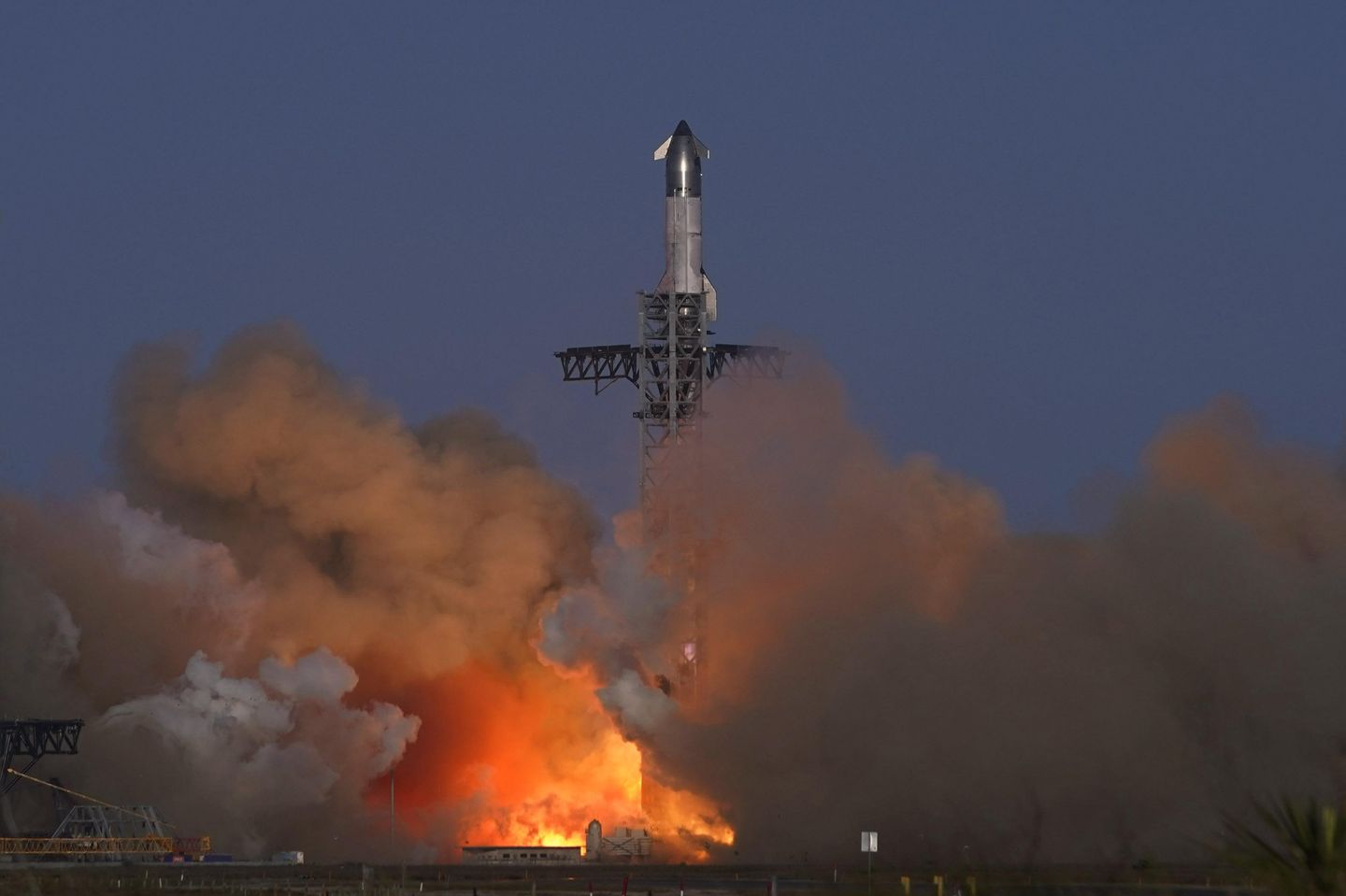
The Federal Aviation Administration gave final approval for SpaceX’s Starship to return to flight on Thursday, following an explosive launch disaster two months ago.
The FAA’s approval allows the rocket to take off as early as next week, though SpaceX has not yet announced Starship’s next launch date. The administration said it conducted a thorough investigation of the March incident and determined that SpaceX had made the appropriate fixes to Starship to facilitate its return to flight.
The approval follows two major flight failures during SpaceX Starship launches in March and January. During Flight 8, which occurred on March 6, the Starship lost several of its Raptor engines as a result of an “energetic event” in the upper stage of flight. SpaceX lost vehicle control and the Starship reentered over the Caribbean Ocean.
The Starship faced a similar issue in January, when the rocket slowly started to lose its Raptor engines following the departure of its booster. SpaceX CEO Elon Musk indicated that the rocket experienced a fuel or oxygen leak during flight, which led to engine failure.
“The FAA conducted a comprehensive safety review of the SpaceX Starship Flight 8 mishap and determined that the company has satisfactorily addressed the causes of the mishap, and therefore, the Starship vehicle can return to flight,” the FAA wrote.
The FAA also nearly doubled the range of the aircraft hazard areas on SpaceX’s launch license. AHAs are airspaces that must be closed during a rocket launch to avoid possible debris from hitting another aircraft. The change expands SpaceX’s AHA from 885 nautical miles to 1,600 nautical miles.
“The FAA is expanding the size of hazard areas both in the U.S. and other countries based on the updated flight safety analysis and because SpaceX intends to reuse a previously launched Super Heavy booster rocket for the first time,” the administration wrote.












